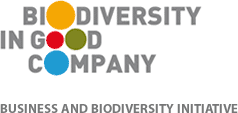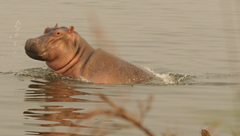HeidelbergCement: Supporting the Mono Transboundary Biosphere Reserve
Across the southernmost section of the border between Benin and Togo there is an area which provides habitats for a wide variety of animal species, some which are highly endangered. During recent decades this area has been under threat due to human impact. Since 2017, UNESCO has recognized this area as a Biosphere Reserve due to its rich biodiversity, including some critically endangered species, and role in providing important ecosystem service.
As part of HeidelbergCement’s Sustainability Commitments 2030 and the company’s wider biodiversity strategy, the protection and enhancement of nature is a key element, including raising the awareness of all stakeholders about the importance of local fauna and flora in the vicinity of the operations. In light of this, a partnership has recently been established between SCANTOGO and CIMBENIN and with eight various NGOs to support the preservation of the Reserve. The project will carry out actions to conserve and protect endangered wildlife species, according to the IUCN Red List, across the border of Togo and Benin.
Action with key result data
The actions will focus on the conservation and protection of hippos, sea turtles, manatees and mangroves, through on the ground measures as well as community engagement events, as well monitoring the biodiversity in the restored part of the SCANTOGO quarry.
“Our partners will raise awareness among the populations of the areas concerned. It is also expected that there will be a balance between human activity, the environment and the species that are endangered in the space of the Mono biosphere. We hope to have a positive impact on the environment and we invite other companies to support us in this process of preserving the environment,” said Eric Goulignac, Managing Director of companies in the HeidelbergCement Group in Togo.
Biodiversity effect
This project has just started during 2020.

